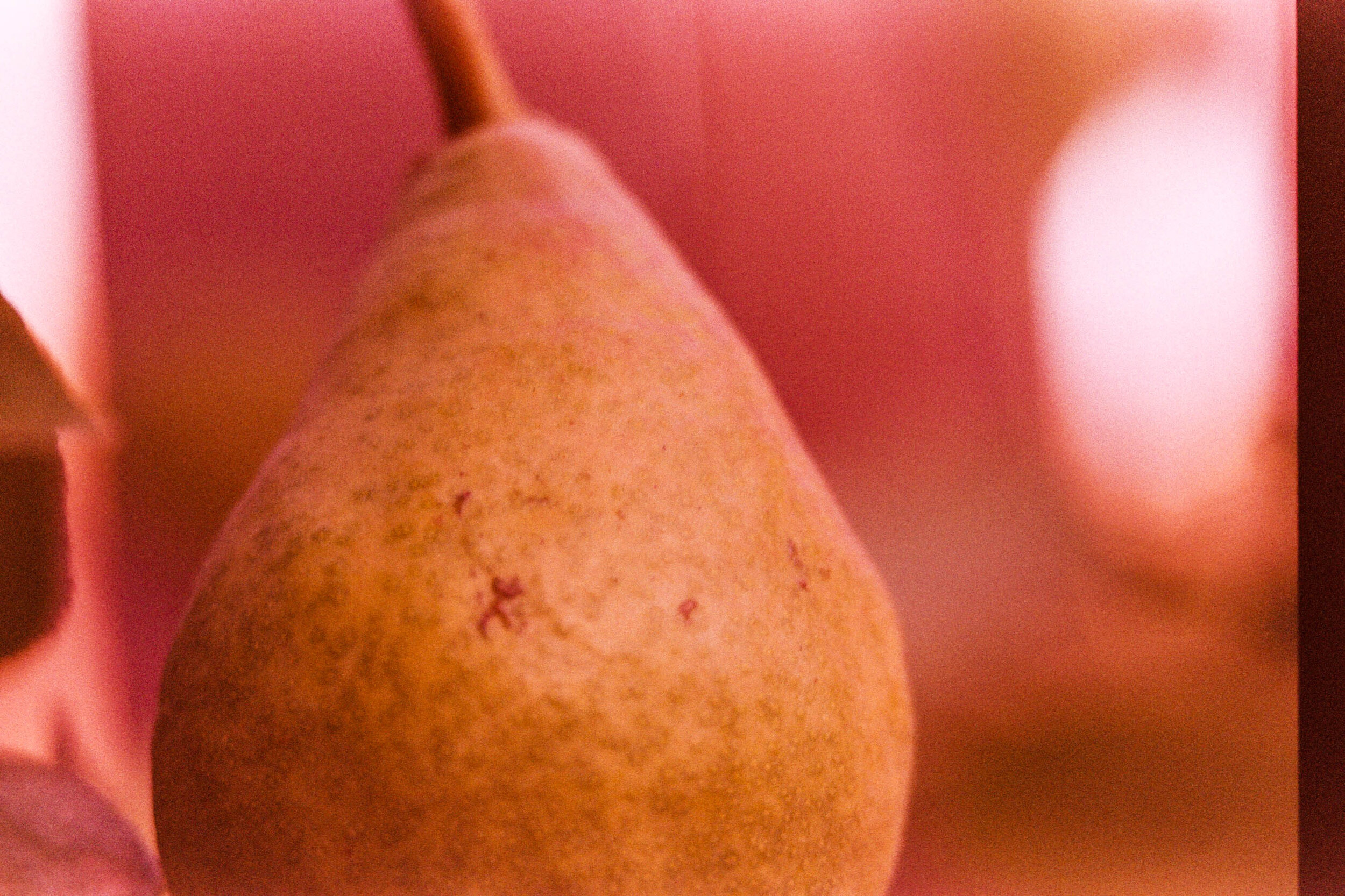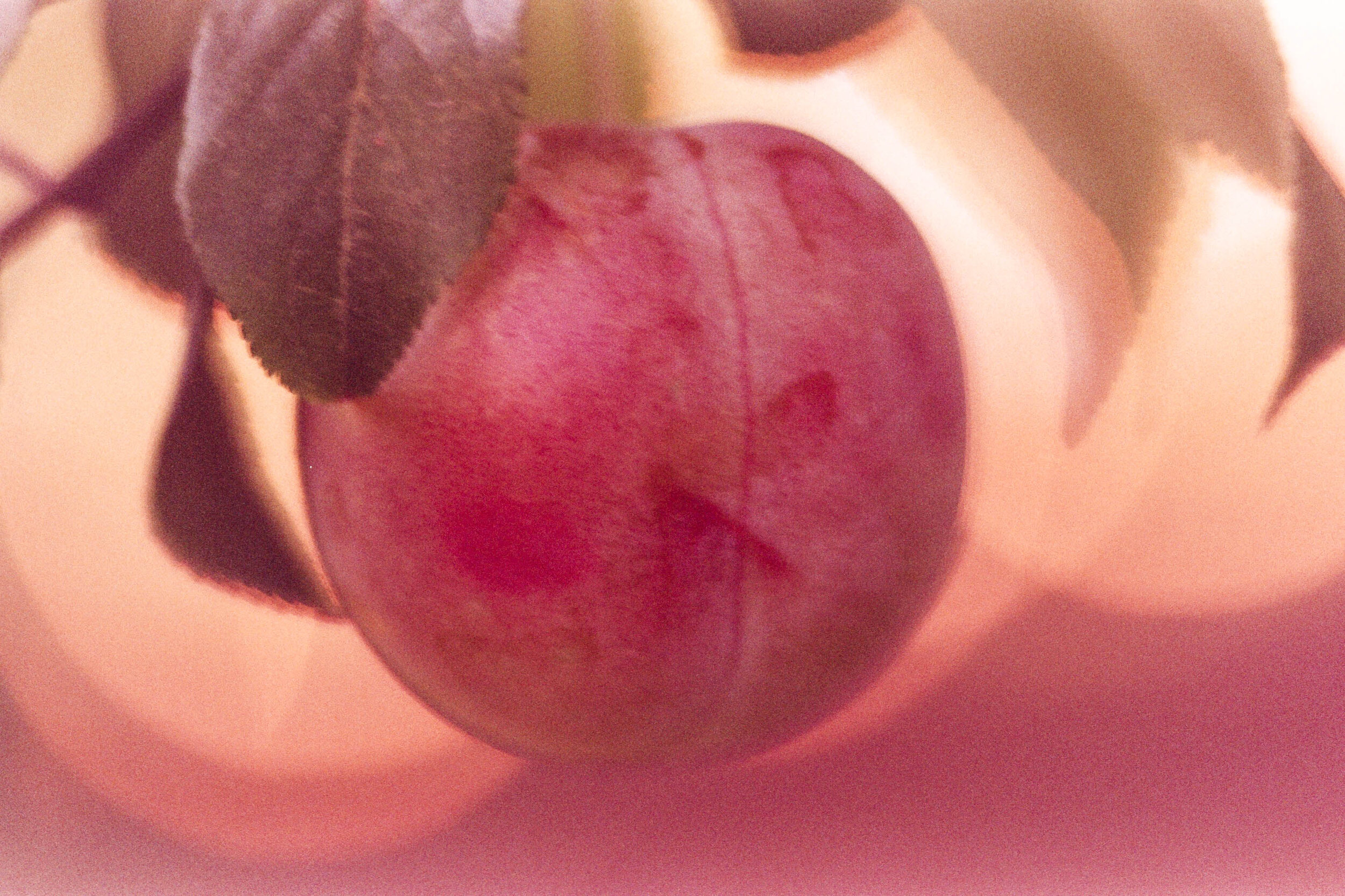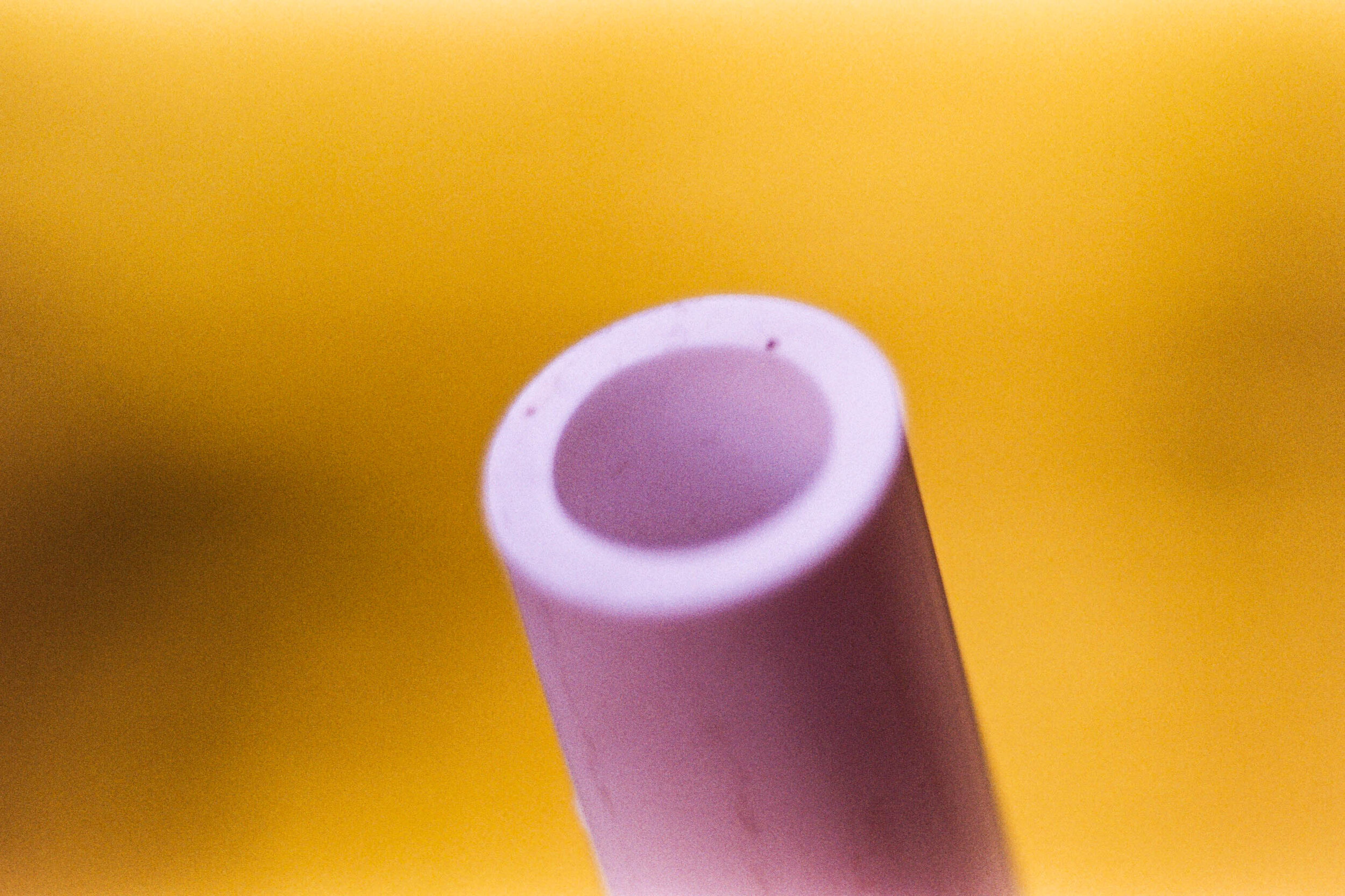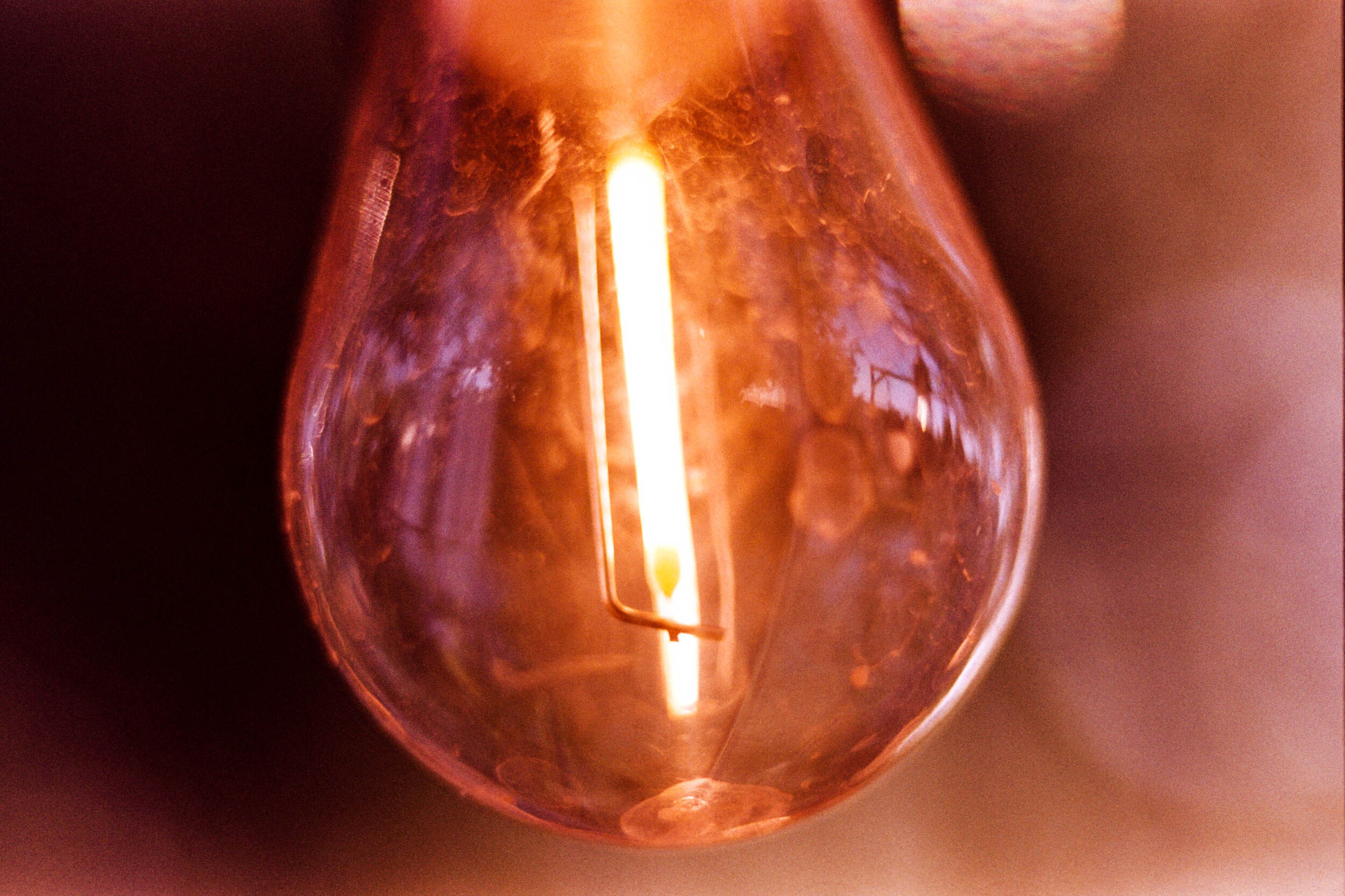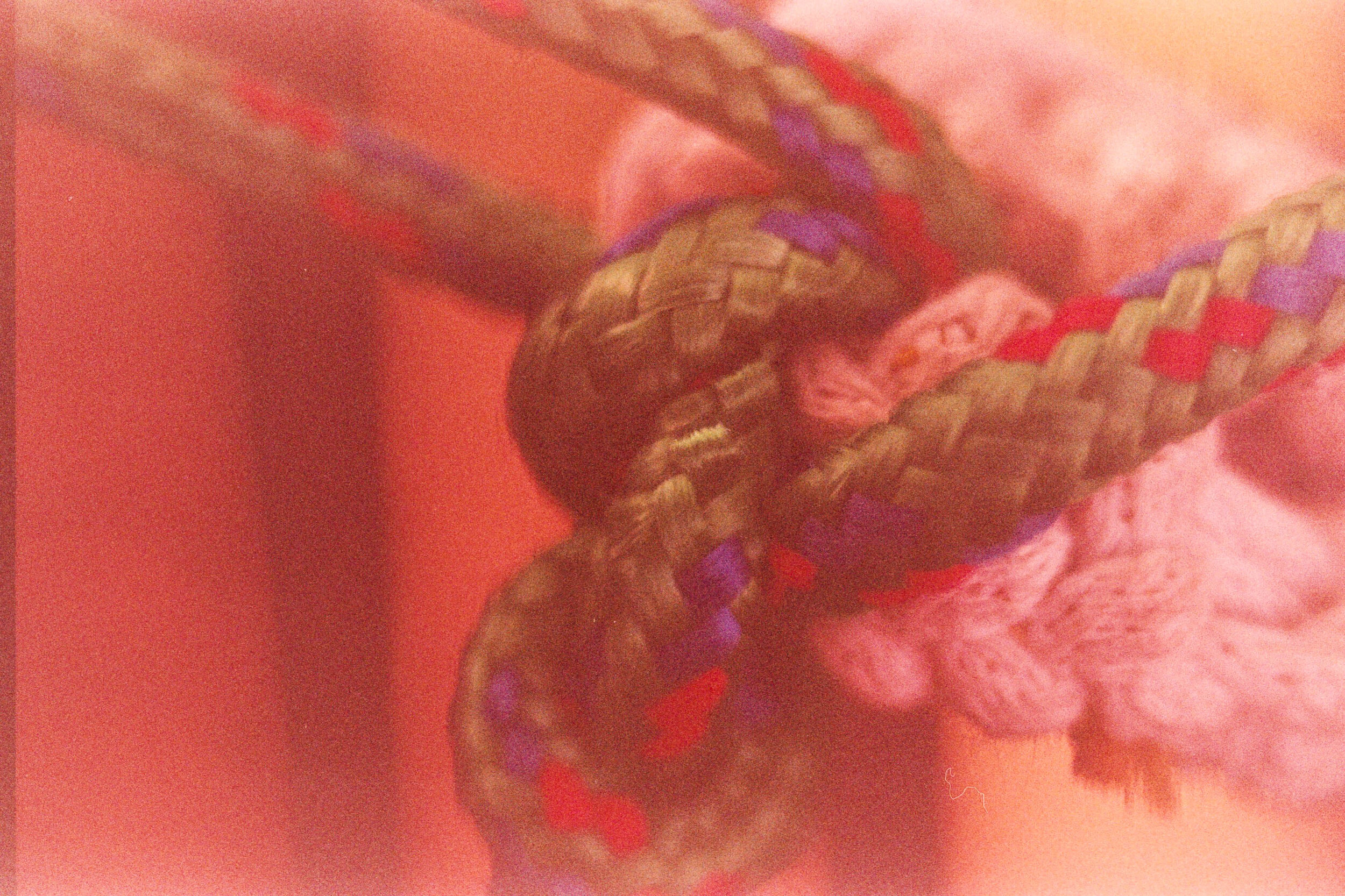Leica MDa with Visoflex
Produced between 1966 and 1976, the Leica MDa was a Leica M body without a viewfinder. The MDa was specifically intended for the medical, scientific and industrial use with a stand, microscope or the Visoflex attachment.
Like the other blind Leica (M1, Md, and MD2) the MDa was intended for uses other than general photography. There were nearly 15,000 produced over a decade. Most were the standard configuration but some were makd for even more specific purposed like use in the Post Office or space exploration. Some versions were supplied with fixed focus Summaron 3.5 cm lens. There were several accesseries made for the blind M bodies, like copy stands, microscope mounts and the Visoflex system.
The Visoflex allows for a view finder and was intended for use with a stand, rail system and bellows or other accessories. I did not have a bellow but did have there Visoflex. So, I made a non-rangefinder body into an overly complicated SLR. Paired with a 90mm lens, gives a functioning but not spectacular macro system.
My Take:
Why would anyone pick the MDa and a Visioflex over a standard SLR and a macro-lens? The simple answer is no one should. I did because, I could. I had the parts and wanted to try but, I would not recommend it. You could use an M body and Visioflex as a Frankenstein SLR, but why?
That said, don’t dismiss the MDa so quickly. I can think of several reason why you would pick an MDa for part of your kit. If you are shooting wide lens and are comfortable with zone focus. Wider than 28mm and your not going to find frame line in your M body. So if your going to be using an external view finder. Focus by zone and use an external light meter. In my opinion that is a great use for a blind M. Given the much lower cost of the blind MDa compared to an M4, you can have a body dedicated to your wide lens. I keep a 15mm lens attached to an MD2 body ready to grab for when I’m feeling wide.
Skip the Visoflex (or get the whole kit and really go for it), slap on your widest lens and go shot.
Lens: Leica Tele-Elmarit 90mm f2.8
Film: Fuji 100
Links:
https://gmpphoto.blogspot.com/2019/02/leica-cameras-used-by-nasa.html
http://www.brokencamera.club/blog/2017/3/9/leica-md2-15mm-f45

